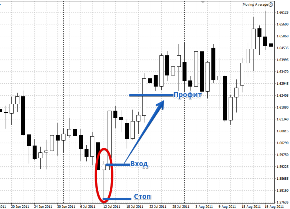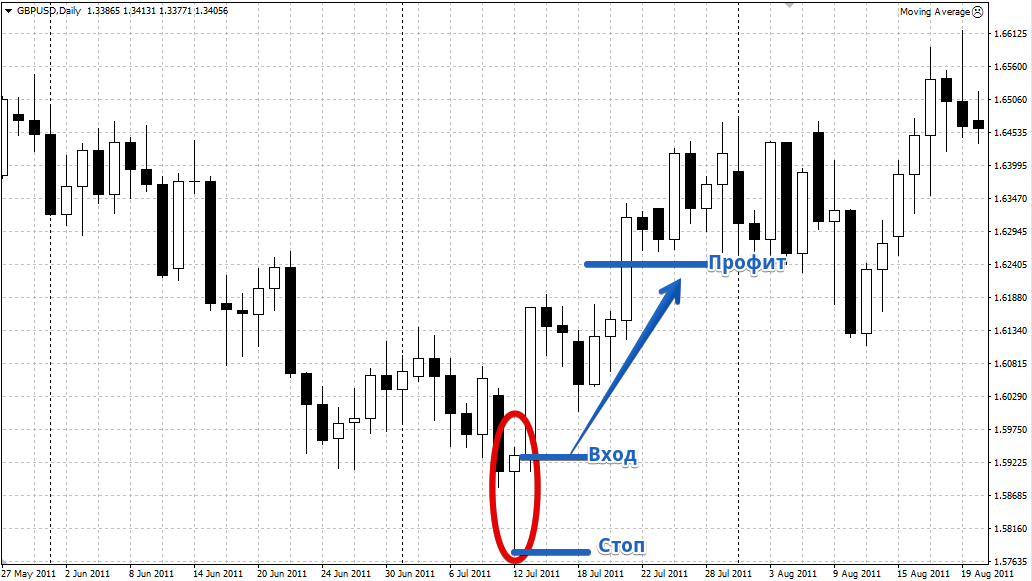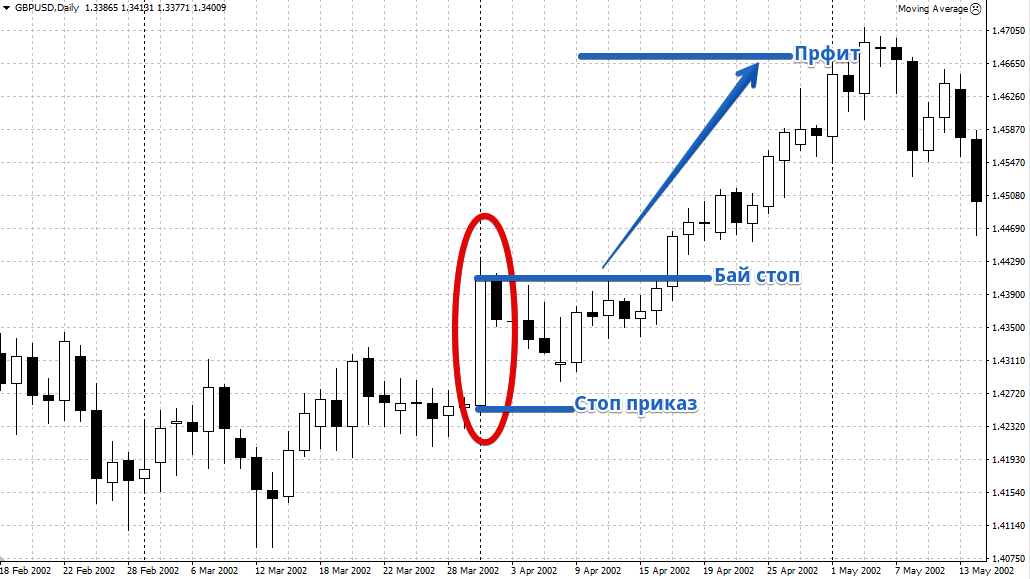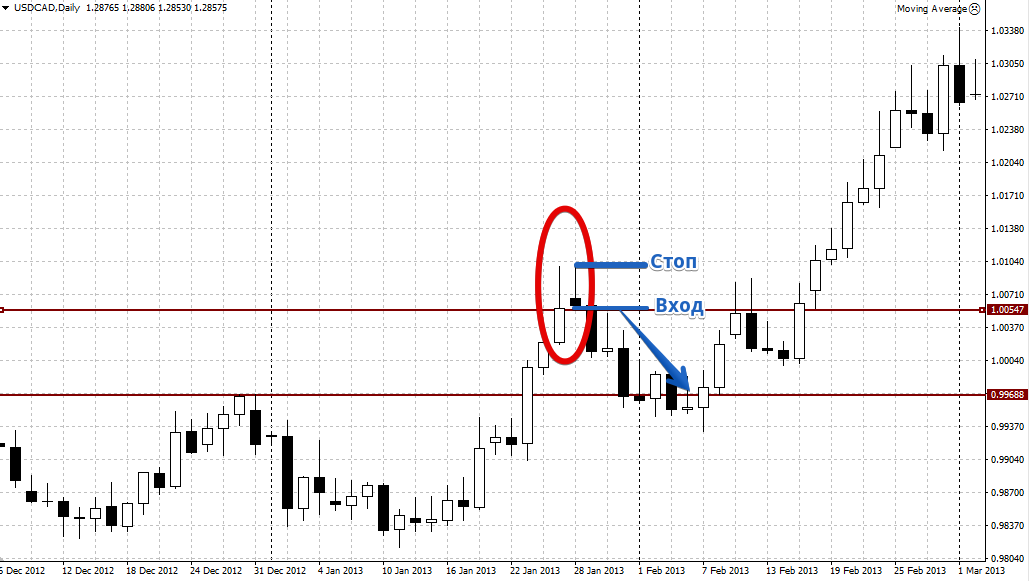“Session Closing” or “Daily Closing” Strategy
To successfully trade on the Forex market, you need to understand that after a position has already been opened, practically nothing depends on the trader, because the decision has already been made and you just need to wait for the result.
Yes, the reality is that we do not control the market, but we can only follow it and not succumb to its provocations, controlling our emotional state!
However, in practice, traders do not realize this and, instead of starting to fight with themselves, they begin to trade intraday, scalp and use very small time frames.
Such preferences of beginners are caused primarily by the desire to control the market, because by constantly opening positions and immediately closing them, that same feeling of control appears.
In practice, a larger number of bars has nothing to do with the quality of the signals, because the overwhelming number of them is nothing more than price noise that distracts your attention from the real signals.
Daytime closing. Ideology of strategy
The frequency of transactions, like the number of candles viewed per day, is not a factor that affects the effectiveness of a trader.
In fact, a trader must develop tolerance and be able to wait for his own profit.
Almost all professional players wait for weeks or even months for their own profit, and their positions are held in the market for about a month.
What is most surprising is that they spend no more than twenty minutes a day analyzing the market, and if a position is open, they can freely go about their business and not worry about the transaction, since there can only be two outcomes - either a profit or a stop order.
Why this happens - they use the principle of trading at the “Daily Close” or “Close of the Trading Session”.
What is the essence, you ask, of this miracle method? In fact, there is no Holy Grail, because trading according to the principle of daily close is to use signals purely on daily charts after the candle closes, or a few minutes before it closes.
The author of this approach is Neil Fuller, a well-known developer of trading strategies based on non-indicator methods of market analysis.
The strategy can be used on any type of asset, and if on Forex the analysis itself begins after 24-00, then on stock markets after 17-00 (at the close of the trading session).
Signals. Three popular models
The basis for the Session Close or Day Close strategy is the three most popular Price Action patterns, namely the pin bar, inside bar and false breakout with pin bar confirmation.
Trading is carried out only a few minutes before the close of the daily candle or after the opening of a new one after identifying the pattern. So, let's move on to descriptions and examples.
Pin bar model
The pin bar is the most frequently encountered candlestick figure. Price Action, which consists of just one candle. It is worth understanding that the figure is a reversal one and shows us a sharp lack of strength in either the bulls or the bears, depending on the direction of the trend.
The lack of strength itself is demonstrated to us by a large shadow in the direction of the trend, while the second shadow is practically absent, and the body of the candle itself is small in size.
If a pin bar appears in an ascending market, we open a sell transaction, while placing a stop at the maximum of the candle, and the profit is 2-3 times greater than the stop.
When a pin bar appears on a downward trend, we open a buy position, with a stop placed at the minimum of the candle, and a profit of 2-3 more stops in points. Example:

Model Inner bar
The inside bar allows you to trade the so-called market uncertainty, or as it is also called consolidation. It consists of two candles, namely the first large mother candle and the second small one behind it, whose body seems to be within the first one.
The pattern is implemented using pending orders Buy stop And sell stop, which are placed towards the direction of the large first candle. Stop order – at the minimum or maximum of the mother candle, with the profit being 203 times the risk. Example:

Model False breakout with pin bar confirmation
The essence of the model is to open a position against the breakdown of the price level, but on the condition that immediately after the breakdown of resistance or support, the next bar that appears will be a “Pin bar”.
So, if in an ascending market the price beats the resistance from bottom to top and a “Pin Bar” appears, we open a sell position. If, in a downward trend, the level was broken from top to bottom and a “Pin Bar” appeared, we open a buy position. Example:

If you look at all three models of the “Session Closing” or “Daily Closing” strategy, you can see that the profit always exceeded the expected risks, but in order to wait for it, on average, a trader would have to hold the position for 7-10 days.
However, if you manage to conclude such transactions, with minimal work (20 minutes a day) you could make a profit an order of magnitude higher than any trader who trades intraday and spends enormous effort in front of the monitor.


